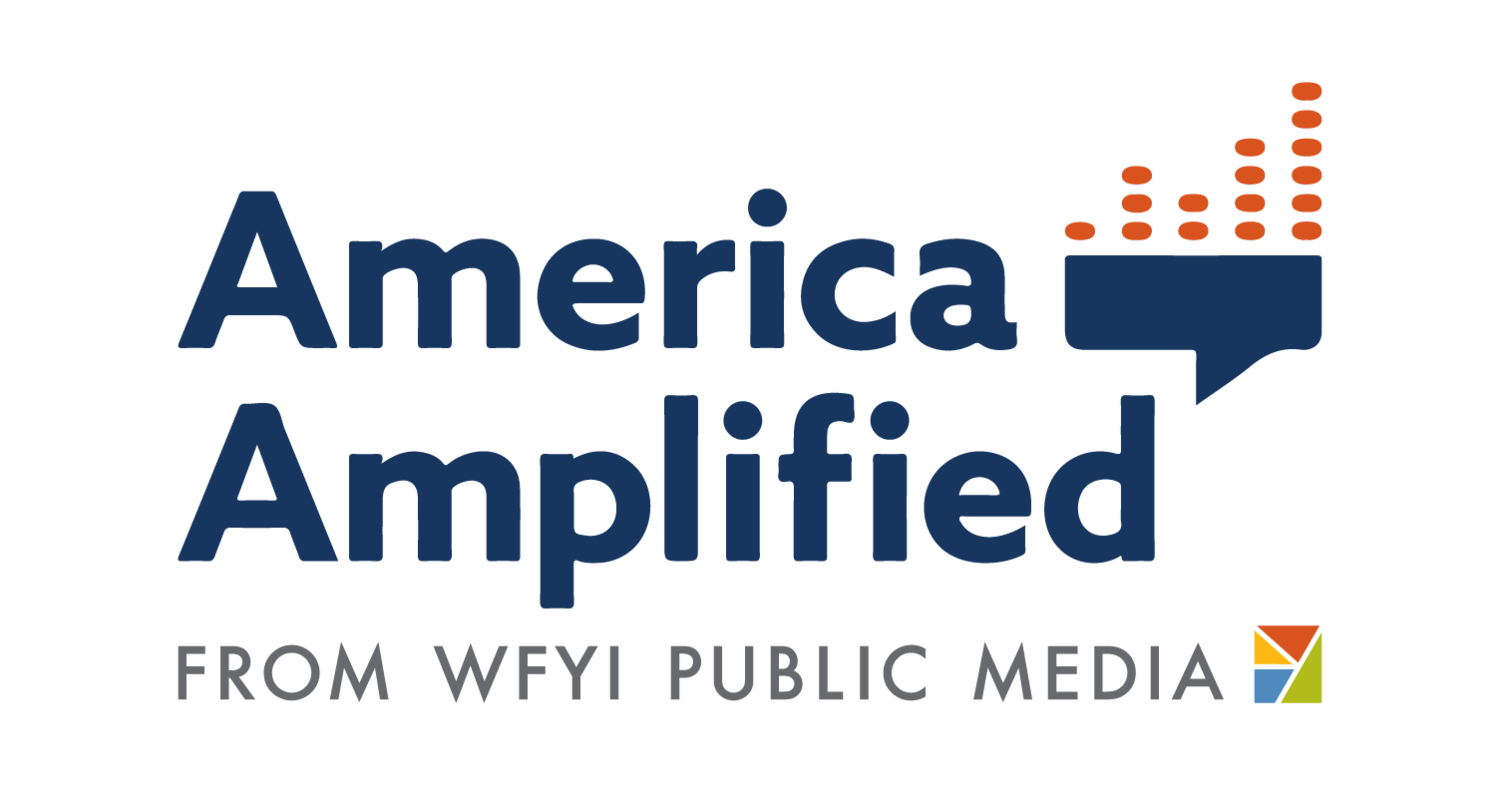WUSF’s Daylina Miller builds partnerships with local Black media groups to improve station’s reach
For the past few months, Tampa’s WUSF Public Media has been partnering with local Black media groups to better serve the Black community in the Tampa Bay area. Multimedia reporter Daylina Miller shares how the station built these partnerships, how they’ve worked and what they hope to do together moving forward.
How did community engagement inform your reporting?
Through the America Amplified initiative, WUSF has developed partnerships with Black-owned media including the Florida Courier statewide newspaper; RoyalTee Magazine that serves millennial professionals of color; and the Weekly Challenger newspaper of St. Petersburg. WUSF also created a partnership with the African American Heritage Foundation of St. Petersburg and with The Well for Life, a mental health healing space based in St. Petersburg.
We’ve been out in the community at several events with our community partners, including a reunion of Black neighborhoods demolished for the development of Tropicana Field, a gathering of folks to learn about lost and forgotten Black cemeteries, and the Tampa Bay Collard Green Festival, where we had a joint booth with the African American Heritage Association of St. Petersburg.
We’re also developing a series of listening sessions via Zoom on Black community and mental health.
Additionally, we’ve published several Google Form call-outs on our news site to collect feedback and questions on topics ranging from climate change and pandemic-related restrictions and challenges at long-term care facilities, to trans joy and reactions to racial justice trial verdicts. Many of those responses have yielded features and audio postcards.
We also regularly crowdsource on social media.
How did you build trust in the community you were reporting on?
WUSF is using a significant portion of our grant money to pay Black freelance journalists at three Black-led media outlets with whom we have partnered. We are also paying a Black freelance photojournalist to produce the bulk of our visual journalism. These journalists, along with members of the WUSF news team, are identifying both standalone stories and longer-term projects out of conversations had during a series of listening sessions on the Black community and mental health.
We are letting these media groups, and our other partners, lead the conversations.
How are you bringing this reporting back to the community?
Since October, we have published 23 stories on wusfnews.org pertaining to Black life, climate change, COVID-19, structural racism and more. WUSF has also entered into a content sharing agreement with our Black media partners, who have shared several of our stories. After our listening sessions, we will identify both standalone stories and at least one long-term project or series out of those conversations.
What lessons do you take away from this project in terms of strengthening your engagement?
Our biggest takeaway from this project so far is how vital it is to let our partners and the community we are reporting on lead the conversation. In our haste to focus a listening session, we oversimplified the topic of one of our listening sessions to “gentrification,” which made one of our partners deeply uncomfortable. As she so rightly pointed out, the Black community is so much more than that.
We ended up rescheduling our first listening session so we could regroup. In order for us to properly and equitably serve the community, it was important for us to expand our conversation to more broadly encompass the theme of community at large, and let community members lead the conversation and tell us what issues were important to them, instead of us deciding the specific topic ahead of time.
As journalists, it’s not always easy to hand over the reins to someone else. We’re used to controlling the story from the time we pitch it to our editors, until it posts to our airwaves. We pride ourselves on being good listeners, but we don’t always practice that when it comes to what stories we actually tell. We learn in journalism school and hear from editors that we are here to “give voice to the voiceless,” but everyone already has a voice. Our job is simply to amplify them.
Check out some of WUSF’s reporting


